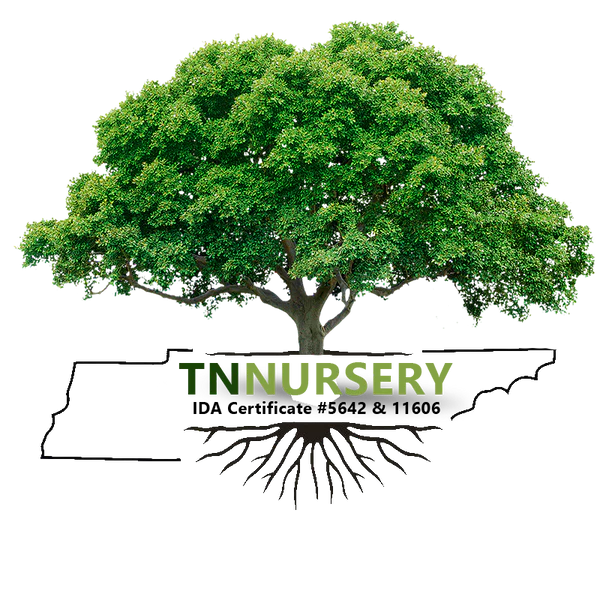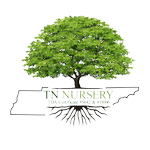Filters

Plants For Ohio
208 products
- Planting Zones 4-9
- 5.0
- Planting Zones 4-9
- Planting Zones 3-8
- 4.8
- Planting Zones 3-9
- Planting Zones 3-9
- Planting Zones 5-9
- Planting Zones 4-8
- 5.0
- Planting Zones 3-8
- 4.0
- Planting Zones 4-8
- 4.9
- Planting Zones 3-9
- Planting Zones 4-9
- 4.5
- Planting Zones 4-8
- 5.0
- Planting Zones 3-8
- 4.5
- Planting Zones 4-9
- 4.8
- Planting Zones 4-9
- Planting Zones 3-9
- 4.6
- Planting Zones 5-9
- Planting Zones 5-8
- 5.0
- Planting Zones 4-9
- Planting Zones 4-9
- 4.8
- Planting Zones 4-9
- 4.0
- Planting Zones 3-9
- 5.0
- Planting Zones 3-9
- Planting Zones 3-8
- 4.8
Plants For Ohio
You're not just showing state spirit in purchasing plants and trees native to your state. Doing so helps to ensure the genetic health of native species and protects natural ecosystems. It also thwarts the spread of invasive species to new areas. Read on for some native and beautiful planting ideas in the Buckeye State.
Trillium (Trillium grandiflorum)
This plant not only has a beautiful three-petaled flower that gives it its name. It is Ohio's official state flower. It does very well here, provided it's in an area with a fair amount of moisture (but not too swampy) and slightly sandy soil containing a fair amount of organic material. Provided the soil is consistently moist and contains natural organic material, it requires no fertilizer and very little maintenance. This perennial plant is a woodland one, meaning it will need to be in a shady area on your property. Trillium falls within the 4-9 USDA growing zone. The plant can reach a maximum height of 12-15 inches. Seeds take two years to germinate, and the plant is usually four to five years old before it flowers.
Perfect Plants For Ohio
Native trillium is now endangered in many locations, and it is illegal in several areas to harvest or transplant them from the wild. Fortunately, nurseries can offer 40 varieties of this native plant, with flower colors ranging from white to purple. Flowers bloom in mid-spring. The plant's nickname is "wake robin" because it shows up at about the same time as the bird. Trillium is mildly toxic and has little wildlife food value but provides good ground cover.
Butterfly Weed (Asclepias tuberosa)
This plant is a member of the milkweed family and, as its name suggests, is a beautiful food source for butterflies, especially the threatened monarch butterfly. Growing anywhere from one to eight feet in height, the butterfly reaches a width of three feet, giving it an almost shrub-like appearance. However, the plant is a nonwoody forb, often growing in tight clusters. It is a plant that grows in full sunlight and likes dry soil. Its maintenance needs are minimal. It falls within the 3-9 range on the USDA growing chart.
The butterfly weed begins flowering in June through August, and flower colors range from silver to bright orange. You can raise the plant from seeds successfully. This slow-growing plant usually doesn't flower until it is two to three years old. Because of its deep root system, the plant should be kept from being transplanted after selecting a location. In addition to butterflies, hummingbirds like the nectar of this stunning plant, making it a great backyard addition.
New Jersey Tea (Ceanothus americanus)
Despite its name, this attractive flowering shrub is native to Ohio. New Jersey tea (a tea substitute made from it during the Revolutionary War) does well in USDA zones 3-8 and likes full to partial sunlight and moderately dry soil. The glossy-leafed plant can reach heights of three feet and does very well in pots. It blooms from July through August, and its clusters of off-white flowers attract hummingbirds. This shrub is drought and deer-resistant and does well if planted two to three feet apart.

















































